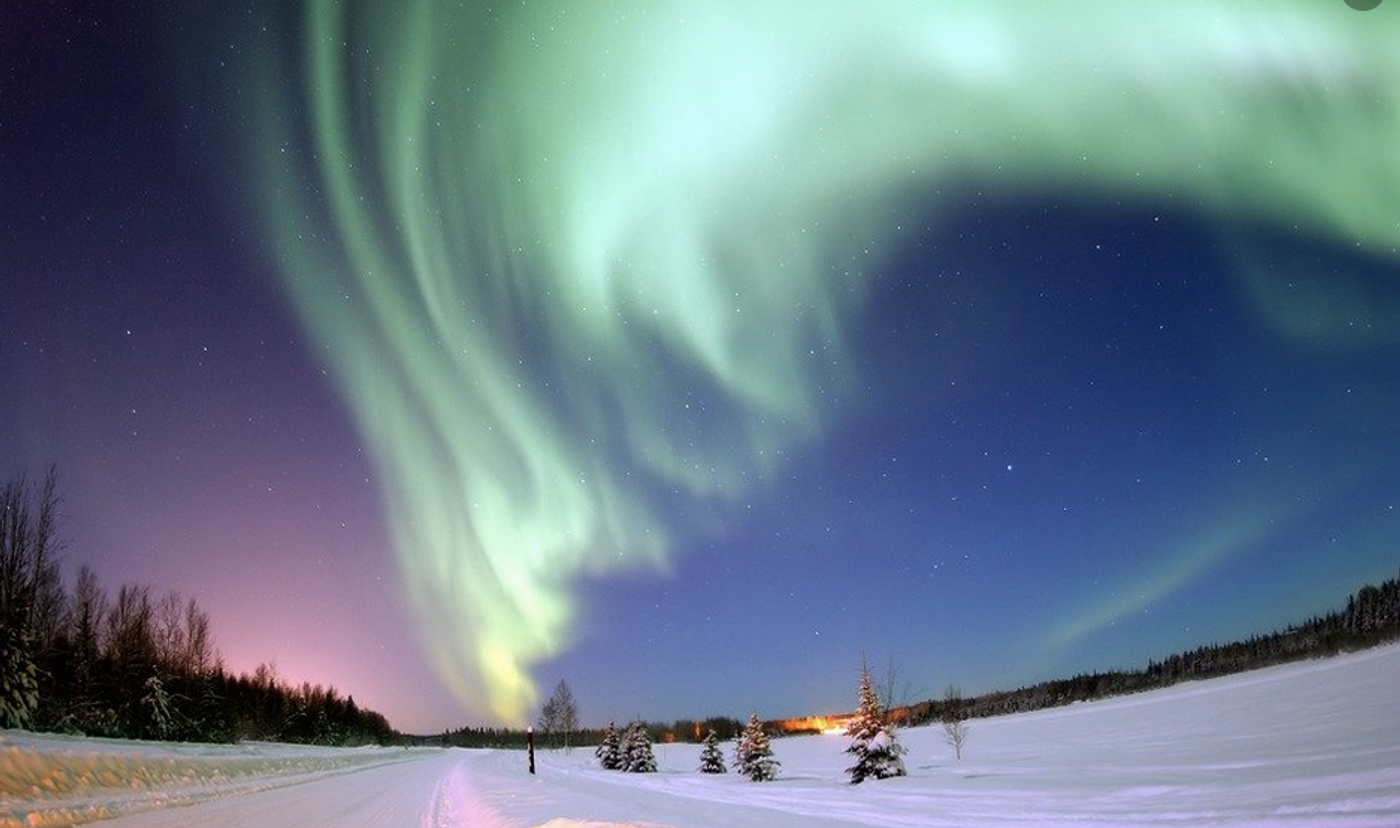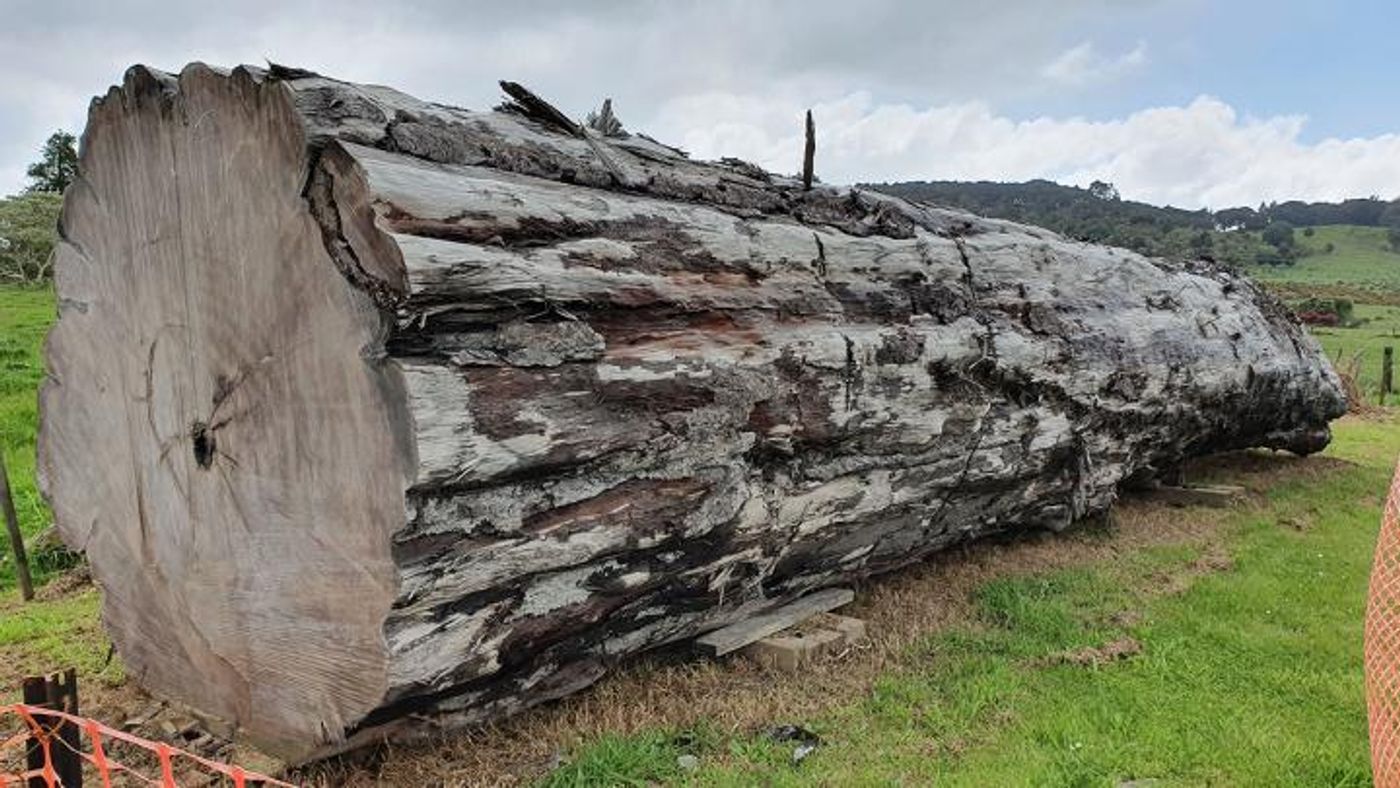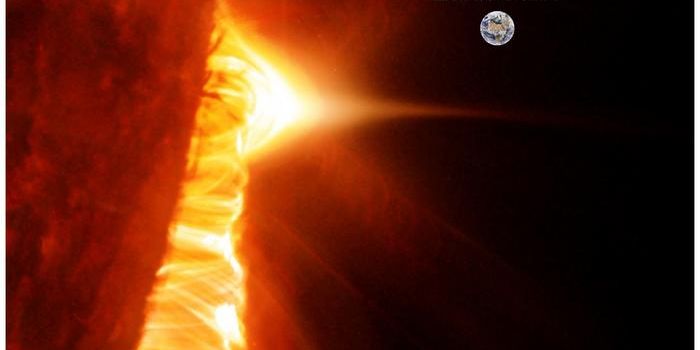Electrical Storms, Disaster & Auroras From a Flipping Magnetic Field
As we move through space, the magnetic field of the planet, which (the dynamo theory states is) generated by its metal core, keeps us safe from the cosmic rays and solar winds that could otherwise blast the surface of Earth. We know that the magnetic field is affected by the dynamic movement of the planet's core. Magnetic poles can move, the magnetic field can get weaker and stronger, and its polarity can flip, but we don't know much about these events.
The Earth's magnetic field flipped about 42,000 years ago, and at that time it was reduced to about 28 percent of its current strength. There's been research into that reversal and what happened when the field was in that state.
"The Laschamps Excursion was the last time the magnetic poles flipped," said Chris Turney, a professor at the University of New South Wales (UNSW) Science. "They swapped places for about 800 years before changing their minds and swapping back again."
But in a new study reported in Science, researchers focused on the lead-up to that reversal, as the poles were moving around the Earth. They referred to this as the 'Adams Transitional Geomagnetic Event' in honor of the author of The Hitchhiker's Guide to the Galaxy, Douglas Adams, (he suggested in that novel that '42' was the answer to everything).
"For the first time ever, we have been able to precisely date the timing and environmental impacts of the last magnetic pole switch," said co-lead study author Turney.
"Earth's magnetic field dropped to only zero to six percent strength during the Adams Event," explained Turney. "We essentially had no magnetic field at all - our cosmic radiation shield was totally gone." There were also periods of low solar activity known as Grand Solar Minima (GSM) during this time. Though the Sun's surface is less active during a GSM, there could be more solar flares and cosmic rays sent Earth's way.
In this study, the researchers have used evidence from ancient trees to show that when the magnetic field broke down, mass extinctions and global climate change happened. There were probably widespread aurora events, as energy from the Sun scoured the unprotected earth, and electrical storms happened everywhere.
"Unfiltered radiation from space ripped apart air particles in Earth's atmosphere, separating electrons and emitting light - a process called ionization," said Turney. "The ionized air 'fried' the ozone layer, triggering a ripple of climate change across the globe.
"The findings were made possible with ancient New Zealand kauri trees, which have been preserved in sediments for over 40,000 years. Using the ancient trees we could measure, and date, the spike in atmospheric radiocarbon levels caused by the collapse of Earth's magnetic field," added Turney.
"The kauri trees are like the Rosetta Stone, helping us tie together records of environmental change in caves, ice cores, and peat bogs around the world," added co-lead Professor Alan Cooper, an Honorary Researcher at the South Australian Museum.
The researchers combined an analysis of site records with global climate models to show that the expansion of ice sheets and glaciers over the continent of North America and changes in major wind belts and storm systems in the tropics could be traced back to the weakness in the magnetic field. It's known that around the time of the Adams event, there was a simultaneous extinction of megafauna across mainland Australia and Tasmania.
"This had never seemed right because it was long after Aboriginal people arrived, but around the same time that the Australian environment shifted to the current arid state," noted Cooper.
Around two years ago, an ancient kauri tree with a trunk that spanned over two and a half meters was found at Ngāwhā, Northland; the tree was alive during the Laschamps.
"Like other entombed kauri logs, the wood of the Ngāwhā tree is so well preserved that the bark is still attached," said tree-ring specialist UNSW's Dr. Jonathan Palmer. With radiocarbon dating, the team was able to determine how radiocarbon levels changed while the magnetic pole reversed.
It may be possible to answer other evolutionary questions with the Adams event, suggested the study authors, including the disappearance of Neanderthals and the emergence of figurative cave art.
"It's the most surprising and important discovery I've ever been involved in," said Cooper.
Sources: AAAS/Eurekalert! Via University of New South Wales, Science











